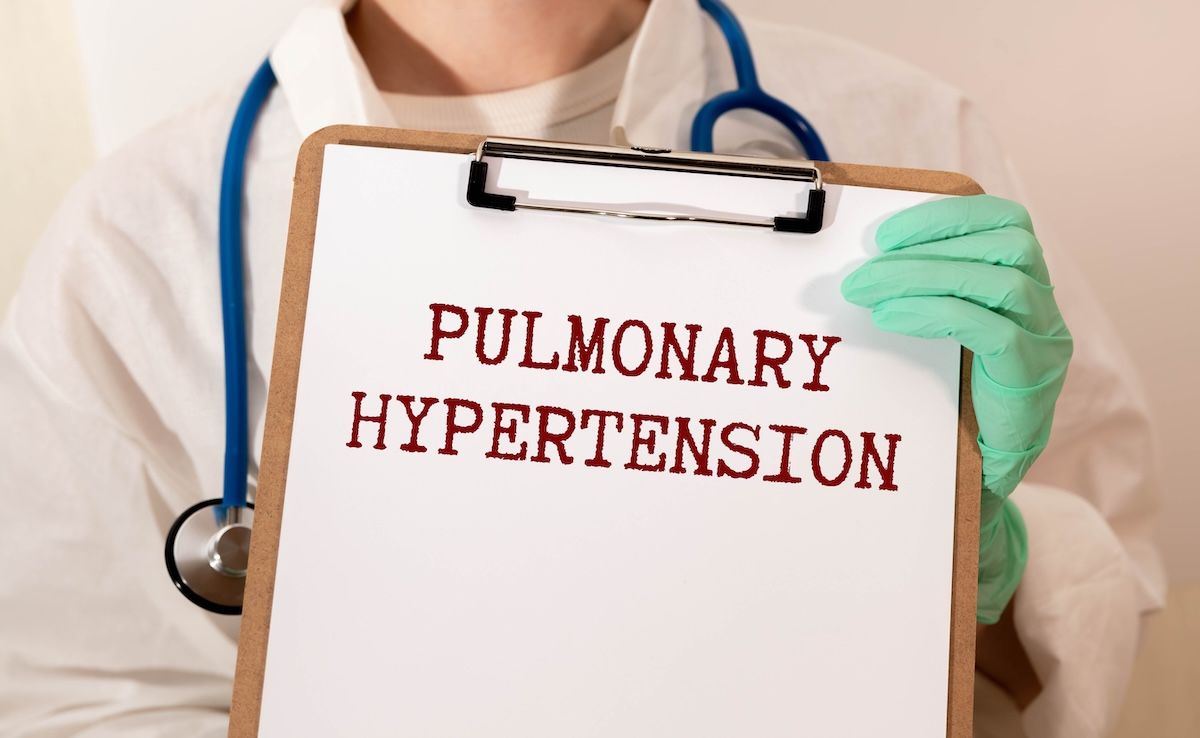Article
Meta-analysis Finds Local Anesthesia Superior During Cesarean Delivery in Women With PAH
Author(s):
Local anesthesia yields superior outcomes in pregnant women with pulmonary arterial hypertension (PAH) undergoing cesarean deliveries compared with general anesthesia.
Local anesthesia (LA) is superior to general anesthesia (GA) with regard to maternal and neonatal outcomes among pregnant patients with pulmonary arterial hypertension (PAH), according to meta-analysis results. Findings were published in the Archives of Gynecology and Obstetrics.
PAH “is a severe disease with sustained increase of pulmonary vascular resistance (PVR) and pulmonary artery pressure (PAP) that results in the right ventricular failure,” researchers explained, and “it is more dangerous if PAH occurs in pregnant women as the physiological changes during pregnancy can elevate PVR and induce right ventricular failure.”
To mitigate complications, cesarean delivery (CD) is often used when pregnant mothers with PAH give birth. During this procedure, mothers will undergo either GA or LA; however, both options carry their own benefits and risks.
Currently, no criteria exist for the selection of anesthesia methods in CD for this population. In an effort to compare the effects of GA and LA on maternal and neonatal outcomes after CD in women with PAH, researchers searched PubMed, EMBASE, Cochrane Library, Web of Science, CNKI, Wanfang, and QVIP for relevant studies.
A total of 18 studies were included in the final meta-analysis, including 6 randomized controlled trials. Of the 1109 patients included, 628 received LA and 481 received GA.
Analyses (all P < .05) revealed:
- The postoperative blood oxygen saturation (weighted mean difference [WMD], −4.040; 95% CI, −5.505 to −2.576) and maternal mortality rate (risk ratio [RR], 0.507; 95% CI, 0.300-0.858) were lower in the LA group than in the GA group.
- The postoperative systolic blood pressure (WMD, 15.647; 95% CI, 13.294-18.000) and postoperative diastolic blood pressure (WMD, 6.758; 95% CI, 5.715-7.802) were higher in the LA group than in the GA group.
- The mechanical ventilation time (WMD, −4.112; 95% CI, −4.655 to −3.569), intensive care unit admission time (WMD, −4.176; 95% CI, −4.523 to −3.828), and length of stay (WMD, −7.289; 95% CI, −7.799 to 6.779) were shorter in the LA group than in the GA group.
LA may result in more stable hemodynamics than GA in pregnant women with PAH due to the fact that “LA has less hemodynamic infection in patients and the expansion of blood vessels in the sympathetic nerve block area leads to the reduction of myocardial oxygen consumption and heart load in patients, which avoid the interference of mechanical ventilation to the lungs of patients and reduce the incidence of pulmonary infection due to endotracheal intubation in patients,” authors hypothesized.
In addition, pulmonary artery pressure rises at tracheal intubation during GA, and positive pressure ventilation has negative effects on venous return, they added.
The small sample size marks a limitation to the analysis, and future investigations with larger sizes are warranted to verify findings. The majority of studies included were also conducted in China, potentially limiting generalizability.
“LA presented more efficacy in pregnant patients with PAH in postoperative blood oxygen saturation, postoperative systolic blood pressure, postoperative diastolic blood pressure, mechanical ventilation time, ICU admission time, length of stay and the maternal mortality rate than GA,” researchers concluded. “The results of our study might offer a reference for clinicians to select proper anesthesia methods for pregnant patients with PAH.”
Reference
Ming Y, Wu Z, Wu Z, Chu S. Effects of different anesthesia methods on maternal and neonatal outcomes in pregnant patients with pulmonary arterial hypertension: a meta-analysis. Arch Gynecol Obstet. Published online October 14, 2021. doi:10.1007/s00404-021-06274-6





